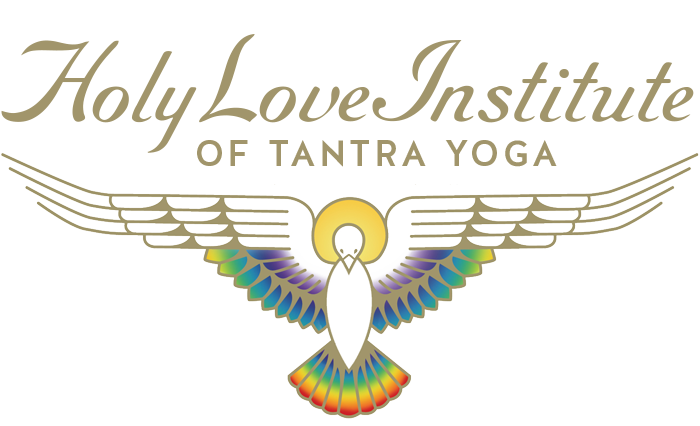We open to Source through our hearts in Bhakti devotion.
Essentially, Kirtan is the practice of devotional chanting, singing over and over the many names of God and Goddess, the many faces, aspects and manifestations of the One. It is said that there is no difference between the name and that which is being named, and as the words roll off our lips in song, the Divine is invoked, invited, made manifest in our hearts.
With roots dating back over 500 years to India, this form of Bhakti Yoga (yoga of devotion) refers to your path and daily activities that bring you back to the magical ability to open to Source through your Heart.
Musical instruments, vocals and rhythmic drumming all encourage the participants to chant, clap and dance along. This heartfelt and joyous expression can induce profound states of meditation, bliss and ecstasy.

All the voices in the room become one. Let us meet on the bridge in the Land of Truth.
Every person in the room is on a different path, has a story, has different beliefs and background, as we are all unique and different. Through chanting we unify into one beautiful voice and focus. It reminds us that at our core, as human beings, that we can remove the hard boundaries and what separates us and chant together as one voice. Chanting is the bridge which unites us, dissolving differences and personal stories and remembering the truth of our infinite essence.

We will be immersing ourselves in beautiful kirtan led by Lakshmi Delsesto (formerly known as Lakshmi Devi). She will skillfully guide us to tap into the frequencies of compassion as the enchanting melodies carry us away to ecstatic states.
The word kirtan, or kirtana, means ‘telling, narrating, enumerating or describing’ and originates from the Vedic period, where it was first written as anukirtana or anukriti, meaning a ‘re-telling’. These anukirtanas would re-tell the ancient vedic hymns and passages. As was the way with the ancient world, everything was transmitted orally via spoken Sanskrit until the Vedas (knowledge) were written down by sages and scholars. The root word kirt, can be found in these ancient Vedic texts and is also known to go by the name sankirtana, meaning ‘collective performance’. Kirtan is an important aspect of yoga and one which holds so much potential for awakening and transformation.

The Language of the Divine
The ancient Sanskrit language is both mathematical and vibrational, meaning each letter, syllable and word has a specific meaning and effect when it is sounded out loud. Often noted as a religious and ceremonial language, Sanskrit is also revered as the ‘language of the divine’. Considered the ‘perfect language’, the correct pronunciation of each word is said to create a vibration throughout the universe that makes contact with the subconscious mind and the world around us.
Kirtan differs from mantra, in the way that mantras are often intended for personal use, whereas kirtan is all about community. A coming together of people, as we will be doing in our Teacher Training. The sankirtana chants are usually sung in call-and-response style and derive from religious ceremonies or celebrations. Many of the kirtan chants focus upon directing the devotion and love towards a deity or the divine.

Immersing ourselves in the Holy Stream of Bhakti
These Kirtan chants have been sung for millennium by devotees, and the great ancient yogis. There are Temples in India where many of the chants have continued night and day, in an unbroken stream for centuries.
And, as we sing, we get to dip into this stream of that intense and unbroken devotion. We touch the spirits of the millions of people across the centuries who have sung the same songs, while pouring out their hearts and tears. This is an endless stream of sacred longing that has been flowing since the birth of the first human beings, longing to know their creator.
To learn to chant, you need only close your eyes, and practice following the sounds, without worrying about how you sound. This is "call and respond", so Lakshmi will sing the line first that we are to sing after her. Beginners can follow along in the Kirtan book, but the book needs to be held so that you can sit erect and connect to the breath. Don’t worry that it is in Sanskrit or that it is culturally foreign or that you are not a good singer and you don’t have a good voice. Eventually you will pick up the chants, and develop a liking for particular chants that correspond to your own inner vibration. It is a devotional, intuitive approach to meditation and not an intellectual one.
Bhakti Storytelling with mudras and bijasanas
We will be enchanted with the beautiful stories that are at the heart of the chants, the stories which Lakshmi and Shamana Ma will bring to life within our sacred sangha. Shamana Ma will also show mudras and bijasanas which help to embody the gods and goddesses we are sharing about in the devotional segments, as learned in Bhakti Nova with Nubia Teixeira.

